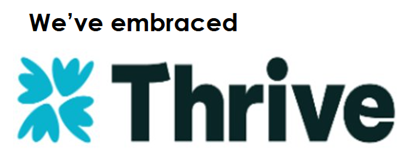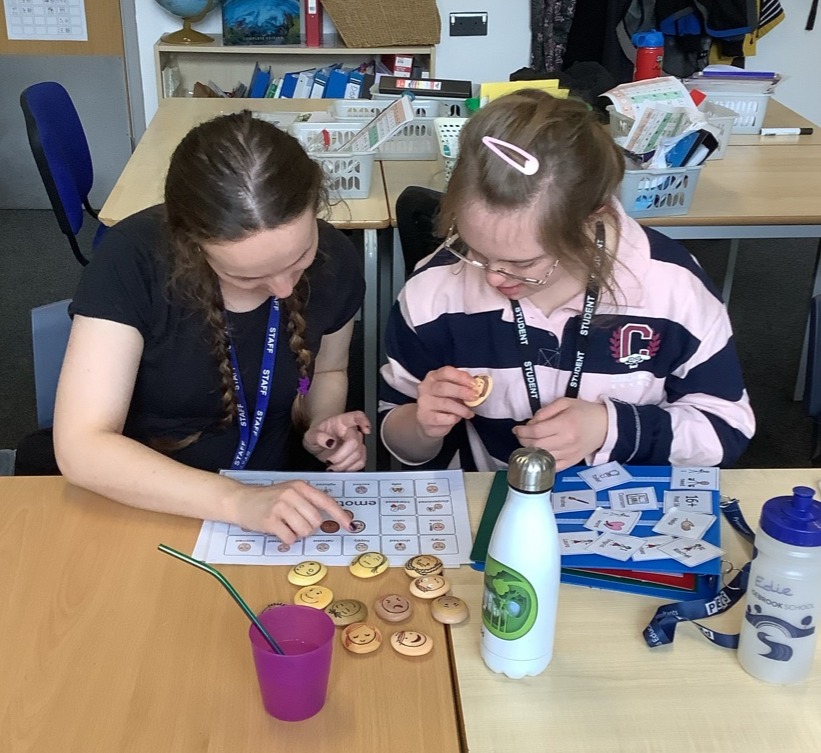

Our Approach
1. Trauma Informed
We use a trauma-informed approach to ensure that we are fully supporting students and staff by removing any barriers that may have been caused by trauma.
Trauma-informed practice aims to increase awareness of how trauma can negatively impact individuals and communities, and their ability to feel safe or develop trusting relationships with services and their staff.
The purpose of trauma-informed practice is not to treat trauma-related difficulties, which is the role of trauma specialist services and practitioners. Instead, it seeks to address the barriers that people affected by trauma can experience when accessing services.


One element of our trauma informed approach is Thrive.
The thrive approach is an intervention that has its basis in neuroscience, attachment, and child development to help support a young person's overall social and emotional development.
Thrive practice is a structured approach designed to help children and young people develop healthy, secure attachments and manage their emotions effectively. It focusses on understanding and addressing the emotional needs of students, promotes positive mental health, and supports learning.
Thrive helps identify and support the unique emotional and social needs of each young person, ensuring that these needs are met appropriately. It creates a supportive and nurturing school environment where young people feel safe, understood, and valued.
2. Total Communication
We use a 'Total Communication' approach to develop the functional, receptive and expressive language and communication skills of our students.
Our curriculum is designed to reflect the varying needs of our students and identifies strategies to enable effective communication. Our communication continuum aims to support students in all stages of their communication development and prepare them for adult life.
A total communication approach enables students to communicate their wants and needs in their preferred mode. This means that we support every student in communicating by ensuring that their voices are heard.
There are many forms of communication that students may use which are individualised to meet the needs of each one. As well as speech, these include:
- Verbal
- Signalong
- Photos
- Picture symbols
- Pictures
- PECS
- AAC
- Objects of reference
- Eye contact and facial expressions
- Gesture



